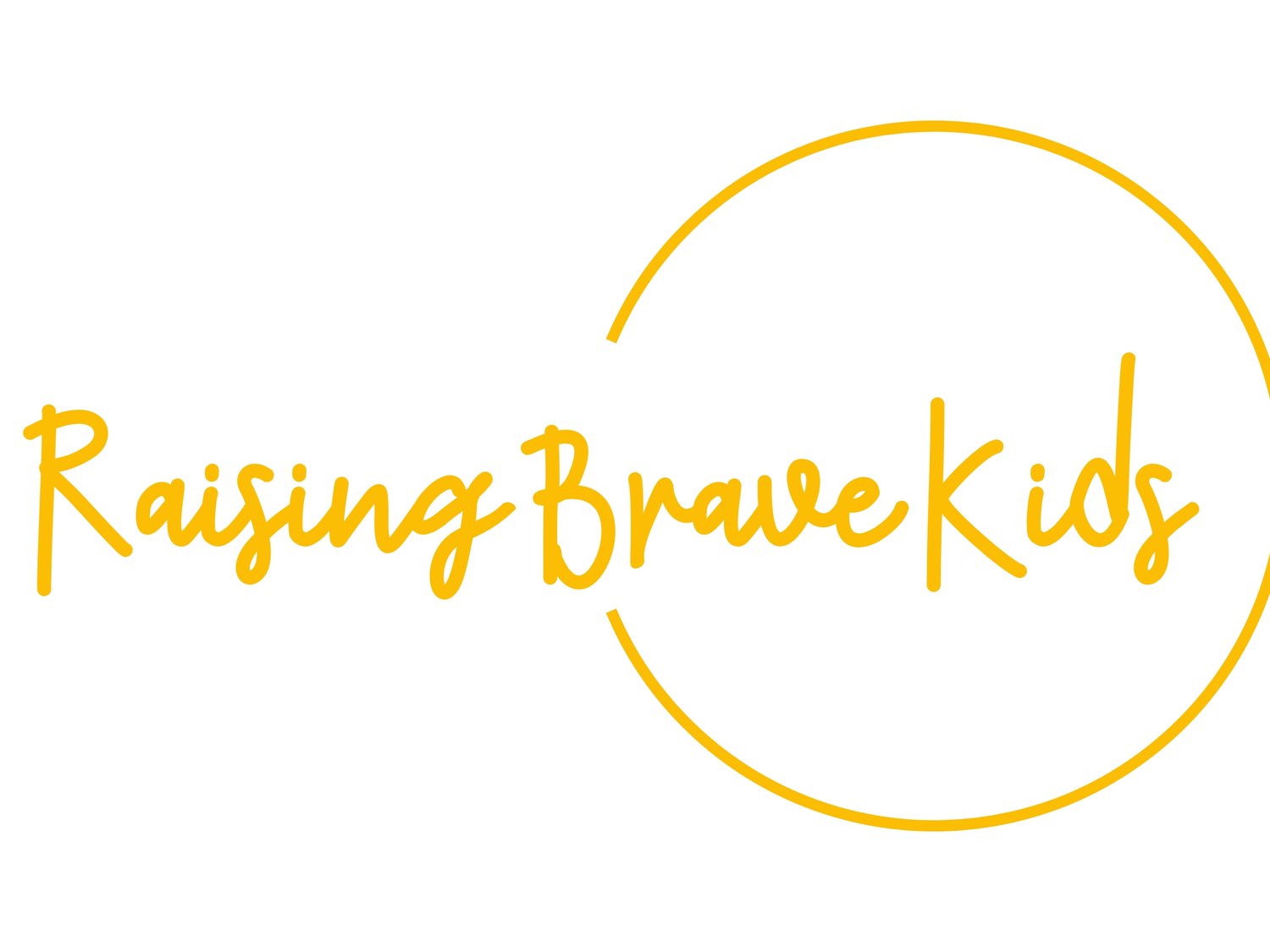Helping Your Child Overcome the Fear of Throwing Up
Vomiting is no one’s favorite experience, but for some children, even the thought of getting sick can cause intense anxiety. This fear can lead to avoiding certain foods, missing out on social activities, and feeling constantly on edge. It’s not uncommon for parents to feel unsure about how to help their child navigate these big feelings.
The good news is that with understanding, support, and the right tools, children can learn to manage their fears and build confidence.
Why Are Kids Afraid of Throwing Up?
For children with a strong fear of vomiting, their worries often go deeper than the act itself.
Fear of Losing Control: Vomiting can feel sudden and unpredictable, which can be unsettling for children who value routine and control.
Embarrassment: Children may worry about throwing up in public or in front of peers, especially at school or social events.
Bad Memories: A past experience with severe nausea, illness, or food poisoning can leave a lasting impression, making children more fearful of it happening again.
These fears often lead to avoidance behaviors. Your child might steer clear of certain foods, avoid situations where they think they or someone else might get sick, or ask for frequent reassurance that they won’t throw up.
Signs Your Child Might Need Help
If your child is deeply afraid of vomiting, you might notice:
Avoiding Foods: They refuse to eat certain foods or avoid eating altogether.
Asking for Reassurance: Frequent questions like, “Do you think I’m sick?” or “Do you think I’ll throw up?”.
Avoiding Social Situations: They may refuse to attend parties, sleepovers, or school out of fear someone might vomit.
Carrying Safety Items: Insisting on having antacids like tums, hand sanitizer, or other “just in case” items with them at all times.
Physical Symptoms of Anxiety: Complaints of stomachaches, muscle tension, or rapid breathing in situations they find triggering.
How to Help Children Get Over the Fear of Throwing Up
While it’s natural to want to shield your child from distress, avoiding the fear entirely often makes it grow. Instead, the goal is to help your child face their fears in manageable steps, building confidence as they go.
1. Validate Feelings and Encourage Bravery
In Eli Lebowitz’s book Breaking Free of Childhood Anxiety, parents can learn about supportive statements like, “I know this feels scary, but I believe you can handle it,” which validate your child’s experience while encouraging bravery.
By showing understanding and confidence in their ability to face fears, you help your child feel supported and empowered.
2. Explain How Anxiety Works
Children often feel less overwhelmed when they understand what’s happening in their brains and bodies. Use simple language to explain anxiety:
“Anxiety is like a fire alarm. It tries to warn us about danger, but sometimes it goes off when there’s no real fire—like at home when someone burns the toast or the steam from the bathroom tricks it. Your brain is like that about vomit, it’s trying to keep you safe, but its often a false alarm.”
This approach helps your child see their fear as something they can manage, not something that controls them.
3. Gradually Face the Fear
Gradual exposure, or taking small, manageable steps toward the fear, is a powerful tool for building confidence.
Start Small: Begin by talking about vomiting or looking at neutral pictures related to it.
Increase Challenges: Watch a non-threatening video that briefly includes vomiting (like a cartoon character experiencing it).
Take Real-Life Steps: Encourage your child to try a new food or attend a social event they’ve been avoiding.
Books like Facing Mighty Fears About Throwing Up by Dawn Huebner can provide helpful language for talking about these fears in a child-friendly way and offer specific activities to make exposure more approachable.
The key is to take it slow, letting your child build their bravery one step at a time. Celebrate small victories to reinforce their progress.
4. Teach Coping Skills
Help your child develop strategies for managing their anxiety in the moment.
Deep Breathing: Teach your child to “smell the flowers and blow out the candles,” taking slow, deep breaths to calm their body.
Grounding Techniques: Use the 5-4-3-2-1 method: name five things they see, four things they can touch, three things they hear, two things they can smell, and one thing they can taste.
Positive Self-Talk: Encourage phrases like, “This feels hard, but I can handle it.”
These tools not only help in anxious moments but also build your child’s confidence over time.
5. Reframe Avoidance
While avoidance may feel like a quick fix, it often reinforces the fear. Gently encourage your child to face their fears in small steps rather than avoiding them entirely.
For example, if your child avoids certain foods, suggest trying a tiny bite in a low-pressure environment. Celebrate their bravery, even if the step feels small.
You might say: “You don’t have to feel ready to be brave—you can find a small step forward.”
6. Seek Professional Support
If your child’s fear of vomiting is significantly interfering with their daily life, it may be time to seek help from a therapist who specializes in the treatment of childhood anxiety.
At Raising Brave Kids, we use evidence-based approaches like Cognitive Behavioral Therapy (CBT) and Exposure and Response Prevention (ERP) to help children face their fears in a safe and supportive way. These therapies empower children to build resilience and take meaningful steps toward the life they want.
Moving Forward
The fear of throwing up can feel overwhelming, but it doesn’t have to control your child’s life. With patience, compassion, and the right tools, your child can learn to face their fears and discover how strong they really are.
At Raising Brave Kids, we specialize in helping children and families navigate challenges like these. If your child is ready to move past their fear and toward a life of confidence we’re here to help. Reach out today to learn more about how we can support your family.





